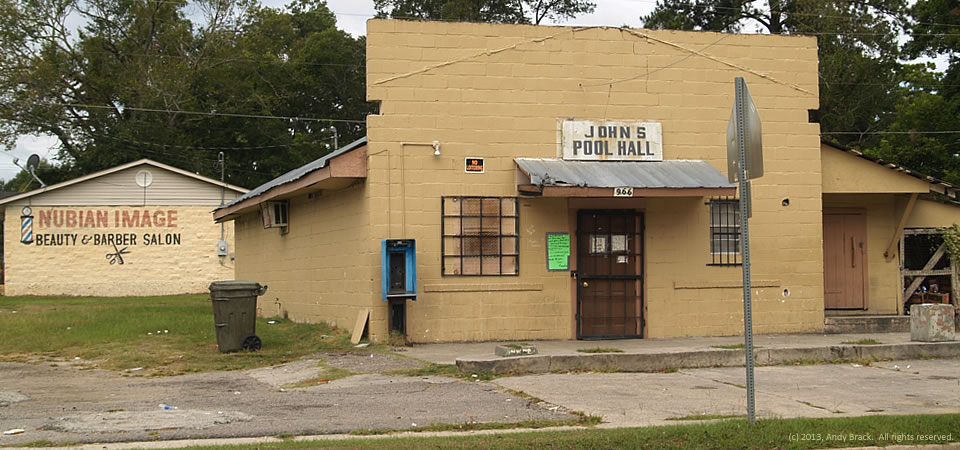Excerpted from an Oct. 13, 2013, story in The (Charleston, S.C.) Post and Courier by Robert Behre:
Charleston-based center tries to tackle problems of the Southern Crescent
It could be the legacy of slavery or the more recent struggles facing family farms or rural areas’ loss of political clout.
In all likelihood, it’s some combination of all three — and possibly other factors as well.
Andy Brack, a self-employed journalist and head of the nonprofit Center for a Better South, is trying to call attention to the unique challenges facing this area, which he refers to as the “Southern Crescent.”
Brack said he never thought much about what lies beyond South Carolina’s so-called “Corridor of Shame.” The corridor — a wide swath around Interstate 95 — took its name from a 2006 documentary about the state’s most impoverished and struggling public schools.
As he studied maps, however, Brack realized the Palmetto State is not unique and that the corridor extends hundreds of miles beyond its state lines.
And he began an effort to raise awareness about its existence, awareness that he hopes will lead to solutions.
“We have a moral imperative to do something to reduce high rates of poverty, unemployment, disease and other conditions in the crescent,” he said. “If we deal with these, that will bolster the South’s reputation, lead to more business and improve our entire region.”
Sagging Southern Numbers
The South has:
- Roughly 25 percent of the U.S. population.
- Eight of the nation’s 10 poorest states (Miss., La., Ky., Ga., Ala., Ark., S.C. and N.C.)
- Seven of the nation’s 10 states with lowest graduation rates from public high school (Miss., S.C., La., Ga., Fla., Ala. and Ark. )
- Seven of the nation’s 10 states with lowest median household income (Miss., Ark., Ala., Ky., Tenn., La. and S.C.)
- Four of the nation’s 10 states with the highest crime rates (Tenn., S.C., La., and Fla.)
- Four of the nation’s 10 states with the highest unemployment in August 2013 (Ga., N.C., Miss. and Tenn.)
- Two of the nation’s 10 states with lowest 2012 voter participation (Ark. and Tenn.)
- Between five and eight of the nation’s 10 states with the highest rates of diabetes (8), high blood pressure (7), obesity (6) and infant mortality (5).
Source: 2013 Briefing Book on the South, October 2013. (which defines the South as these 11 states: Ala., Ark., Fla., Ga. Ky., La., Miss., N.C., S.C., Tenn. and Va.)










